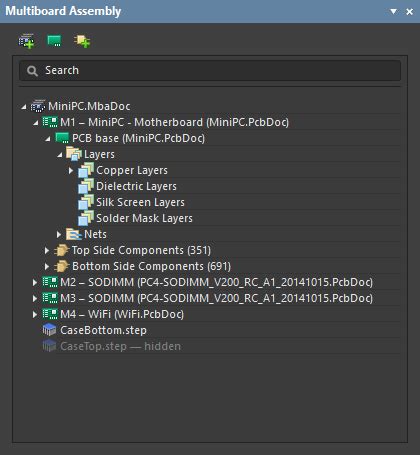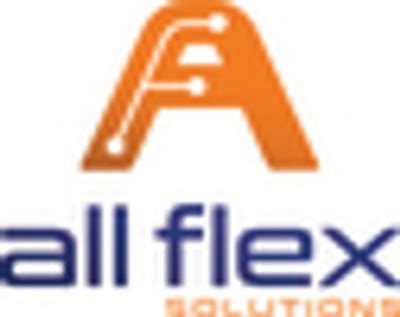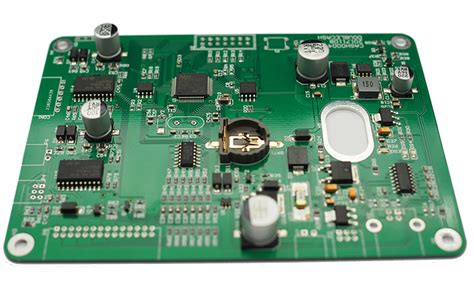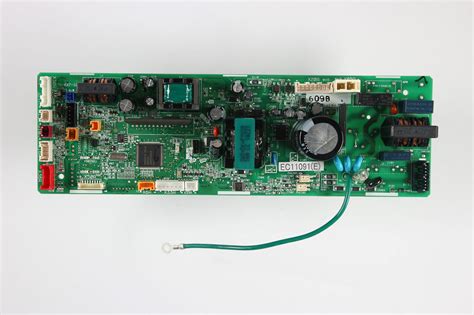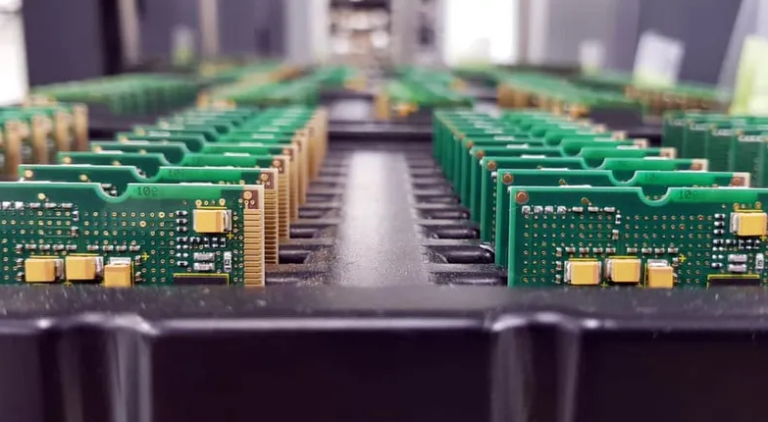Maximizing Efficiency with Altium Multi Board Assembly Techniques
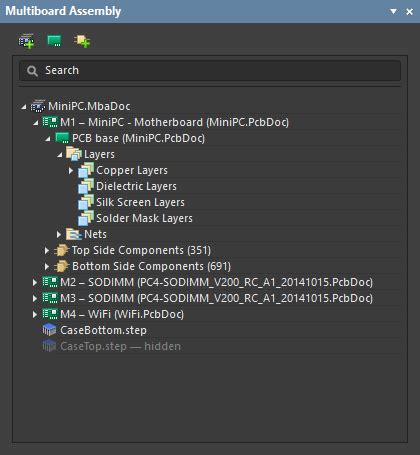
Key Takeaways
In the realm of pcb assembly, utilizing advanced techniques for multi board assembly is crucial for maximizing efficiency. By leveraging the capabilities of Altium, designers and engineers can improve their pcba workflows, which leads to faster project completions and enhanced collaboration among team members. Here are some critical takeaways for enhancing your assembly processes:
| Technique | Benefit |
|---|---|
| Standardized Templates | Reduces error rates and streamlines design |
| Modular Design Structures | Facilitates easier troubleshooting |
| Integrated Collaboration Tools | Enhances communication and project visibility |
“Effective collaboration not only speeds up the design process but also significantly reduces the potential for errors during assembly.”
It’s essential to maintain a balance between creativity in design and efficiency in production. Designers should embrace tools that allow for real-time feedback and iteration throughout the design cycle. Adopting these best practices not only optimizes your production workflow but also strengthens your product’s time-to-market strategy, ensuring that you remain competitive in an ever-demanding industry.
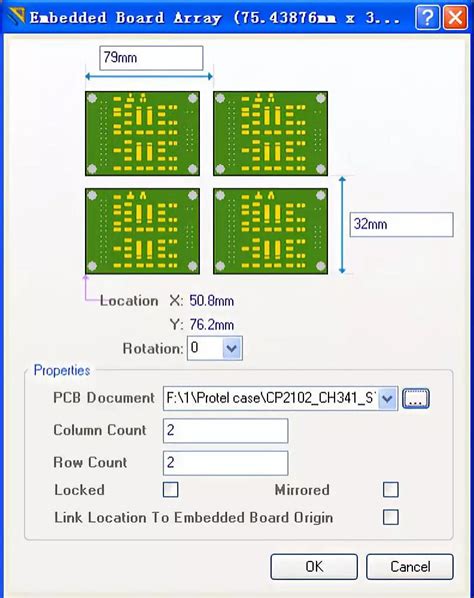
Introduction to Altium Multi Board Assembly
In today’s fast-paced electronics industry, Altium Multi Board Assembly techniques are becoming increasingly essential for enhancing the efficiency of pcb assembly processes. This approach allows designers and manufacturers to manage complex projects involving multiple printed circuit boards (PCBs) more effectively. By utilizing advanced features and capabilities offered by Altium, designers can streamline the pcba workflow, enabling better communication among teams and reducing the potential for errors. The ability to integrate designs from various boards into a single coherent project not only fosters collaboration but also facilitates a smoother transition from design to production. Key benefits include improved visibility during the assembly process, quicker identification of potential conflicts between different board designs, and an overall reduction in time-to-market. In this article, we will explore the various aspects and advantages of Altium Multi Board Assembly, emphasizing innovative techniques that contribute to a more efficient and collaborative working environment in PCB design and production.
Key Challenges in Multi Board Design
Designing multi board assemblies presents a unique set of challenges that can complicate the pcb assembly process. One primary hurdle is the effective coordination between different board designs, which may involve multiple teams working on distinct circuit boards. This can lead to inconsistencies and integration issues if not managed properly. Moreover, ensuring that each pcba meets design specifications while being compatible with others requires meticulous planning and communication.
Another key challenge is the management of component selection and availability, as different boards might require disparate parts. This situation can create delays in production if suppliers do not deliver on time or if specific components become obsolete. Additionally, adhering to stringent manufacturing constraints while optimizing for performance adds another layer of complexity to the processes.
Furthermore, testing becomes more intricate with multi board systems since one faulty board could compromise the entire assembly’s functionality. Therefore, implementing an effective testing strategy that comprehensively evaluates each board in relation to others is crucial for ensuring the overall performance of the product.
Overall, addressing these challenges requires a robust approach that leverages modern tools and methodologies in pcb assembly design to foster collaboration and enhance workflow efficiency.
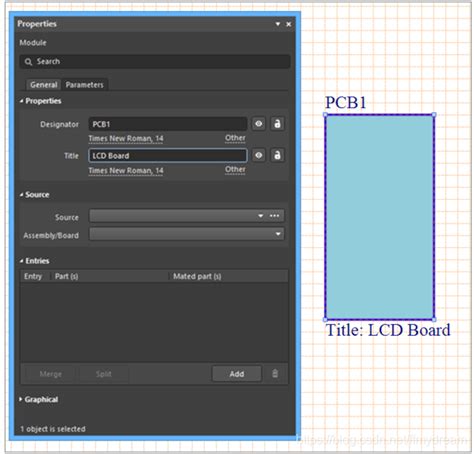
Advanced Techniques for Streamlining Assembly
In the rapidly evolving landscape of pcb assembly, the integration of Altium’s multi board assembly techniques is essential for enhancing efficiency and productivity. One advanced method involves utilizing design reuse, where components that are frequently used across different projects are standardized. This not only accelerates the pcba design process but also minimizes errors that can occur when creating unique designs from scratch. Additionally, adopting real-time collaboration tools within Altium enables teams to work together seamlessly, regardless of geographical constraints. Implementing a systematic approach to version control ensures that all team members are aligned on project updates, reducing the likelihood of duplicative work and enhancing workflow efficiency. Furthermore, automating routine tasks through scripting can significantly cut down on time spent during the assembly phase, allowing engineers to focus on more critical design challenges. These techniques not only improve project timelines but also foster an environment of innovation, ensuring a competitive edge in an increasingly demanding market. By prioritizing these advanced strategies, companies can streamline their pcb assembly processes effectively while adapting to the unique requirements of every project.
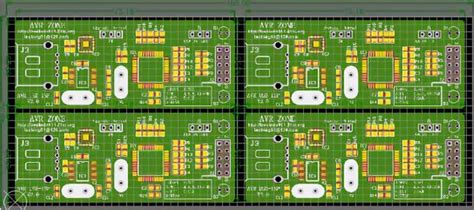
Best Practices for Efficient Design Collaboration
In the realm of pcb assembly and pcba, fostering effective design collaboration is essential for achieving optimal results. One of the key approaches to enhancing collaboration is to utilize a centralized platform, such as Altium Designer, which allows all team members to access and edit the design files in real time. This accessibility reduces miscommunication and ensures that everyone is working with the most current designs. Moreover, establishing clear roles and responsibilities among team members can streamline processes and minimize redundancy in tasks. Regular design reviews should be scheduled—these meetings can serve as checkpoints for all collaborators to provide input on changes and enhancements, ensuring that every perspective is acknowledged. Implementing version control systems is another critical practice; these systems protect against overwriting important revisions and maintain the integrity of the pcb assembly files throughout the design process. Additionally, using integrated tools for project management can provide visibility into project timelines, helping teams stay aligned on deliverables and deadlines. By adopting these best practices, teams can enhance their collaborative efforts, leading to a more efficient workflow that ultimately contributes to quicker turnaround times for pcba projects.

Tools and Features in Altium for Enhanced Workflow
In the realm of pcb assembly, the right tools and features can significantly boost productivity and collaboration among design teams. Altium offers a robust suite of capabilities that streamline the entire pcba process from initial design to final assembly. One notable feature is the Unified Design Environment, which integrates schematic capture, PCB layout, and documentation into a single platform. This integration allows for real-time updates and collaboration, ensuring that all team members are aligned at every stage of product development. Additionally, tools such as Version Control and Change Management help in minimizing discrepancies in designs, effectively reducing errors that can occur during the multi board assembly process.
Moreover, Altium’s 3D Visualization capabilities enable designers to view their boards in three-dimensional space before production, facilitating early detection of potential assembly issues. This proactive approach not only enhances the quality of design but also accelerates the time-to-market significantly. Another essential tool is the integrated component library that offers an extensive selection of parts which are critical for efficient pcb assembly. By utilizing these advanced features, teams can ensure smoother workflows and improve overall efficiency while addressing both technical and collaborative challenges frequently encountered during multi board projects.
Case Studies: Success Stories in Multi Board Assembly
Exploring success stories in multi board assembly offers valuable insights into the effective application of Altium techniques. Companies that have implemented advanced pcb assembly methods within their design processes report remarkable improvements in both efficiency and collaboration. For instance, a leading technology firm successfully reduced its production times by integrating pcba solutions that leverage Altium’s robust features. By adopting a cohesive approach to team collaboration, they streamlined workflows, which not only minimized design errors but also facilitated quicker iterations. Another noteworthy case involves a startup that embraced the capabilities of Altium’s platform, enabling them to enhance their design methodologies and accelerate product launch timelines significantly. These examples underline the importance of utilizing modern tools and best practices to overcome common challenges in multi board design, paving the way for sustained innovation and competitive advantage in the industry. As organizations continue to share their experiences, it becomes increasingly evident that the adoption of advanced strategies can lead to substantial gains in productivity and market responsiveness.
Tips for Reducing Time-to-Market with Altium
To effectively reduce time-to-market with Altium for pcb assembly, it’s crucial to embrace a systematic approach throughout the design and production phases. First, utilizing Altium’s robust suite of tools can significantly streamline the pcba process. Implementing real-time collaboration features allows team members to communicate more efficiently, which helps in swiftly addressing any design discrepancies or production issues. Leveraging design reusability—by creating libraries of commonly used components—enables designers to accelerate the development process while ensuring consistency across projects. Moreover, integrating automated checks during the design phase minimizes errors that could delay production. Utilizing simulation tools within Altium also allows designers to predict performance issues earlier in the process, thus avoiding costly rework. Regularly training team members on new features and practices will foster a culture of continuous improvement, ensuring that efficiency is maximized at every stage of assembly and reducing potential setbacks in the project timeline. By embracing these strategies and utilizing the advanced capabilities of Altium, companies can significantly enhance their workflow, ultimately achieving a quicker time-to-market for their products.

Future Trends in Multi Board Assembly Techniques
As the landscape of PCB assembly evolves, new trends are emerging that significantly enhance the PCBA process. One notable trend is the increased integration of automation into multi board assembly techniques. Automation not only speeds up production but also reduces human error, leading to higher quality outputs. Another important trend is the shift towards modular design, allowing teams to develop and assemble different components independently before integrating them into a complete system. This modular approach fosters greater flexibility and scalability in design, enabling engineers to adapt quickly to changing project requirements.
Additionally, advancements in software tools are playing a pivotal role in shaping future multi board assembly practices. The integration of powerful simulation tools within platforms like Altium enables designers to visualize and test their assemblies virtually before the physical production stage. This leads to enhanced collaboration among design teams and more efficient workflows. In parallel, the adoption of cloud-based technologies is facilitating real-time collaboration, allowing teams located in diverse geographical areas to work seamlessly on shared projects.
Moreover, sustainability is becoming an essential focus in multi board assembly processes, as companies increasingly aim for environmentally-friendly practices. Techniques such as optimizing material usage and recycling components not only lower production costs but also align with global sustainability goals.
In summary, the future of multi board assembly techniques lies in increased automation, modular design approaches, enhanced software capabilities for collaboration and simulation, and a strong commitment to sustainable practices. As these trends continue to develop, the efficiency and effectiveness of PCB assembly processes will undoubtedly improve significantly.
Conclusion
In the realm of Altium multi board assembly, efficiency is paramount. Utilizing advanced pcb assembly techniques not only streamlines the design process but also enhances production workflows. By implementing strategic methods tailored for PCBA, teams can greatly reduce iterations and lead times. Collaborative tools embedded in Altium further optimize the communication and coordination among design engineers and manufacturers, ensuring that everyone remains aligned throughout the project lifecycle. Emphasizing best practices such as modular design and error-checking can prevent costly delays, making the journey from concept to market smoother and faster. As the landscape of electronics evolves, adapting to these efficient methodologies will be essential for organizations aiming to maintain a competitive edge in multi board assembly projects. The implementation of these insights will undoubtedly lead to improved outcomes in efficiency and productivity, driving success in today’s sophisticated design environments.
FAQs
What is Altium Multi Board Assembly?
Altium Multi Board Assembly refers to the process of designing and assembling multiple printed circuit boards (PCBs) within a single project using Altium Designer tools. This approach allows for more integrated and complex electronic systems.
How can I improve my PCB assembly processes?
Improving PCB assembly processes involves leveraging advanced tools in Altium, such as design reuse, collaborative features, and automated design rule checks. Additionally, implementing standard operating procedures can streamline the workflow significantly.
What are the benefits of using PCBA for multiple boards?
Using PCBA for multiple boards enhances efficiency by reducing production time and costs while improving the overall reliability of designs. The integrated approach fosters better communication among design teams, which helps to minimize errors during assembly.
What challenges might arise during multi board design?
Common challenges in multi board design include signal integrity issues, thermal management concerns, and coordinating power distribution among several boards. Addressing these challenges early in the design phase is crucial to avoid complications later.
How does Altium support collaboration in multi board projects?
Altium provides robust collaboration tools that allow teams to work on designs simultaneously. Features like version control, real-time updates, and cloud sharing facilitate seamless teamwork and enhance project efficiency.
For more information on PCB assembly, please click here.
These insights can guide you through optimizing your processes and achieving a successful outcome in your multi board assembly projects.

